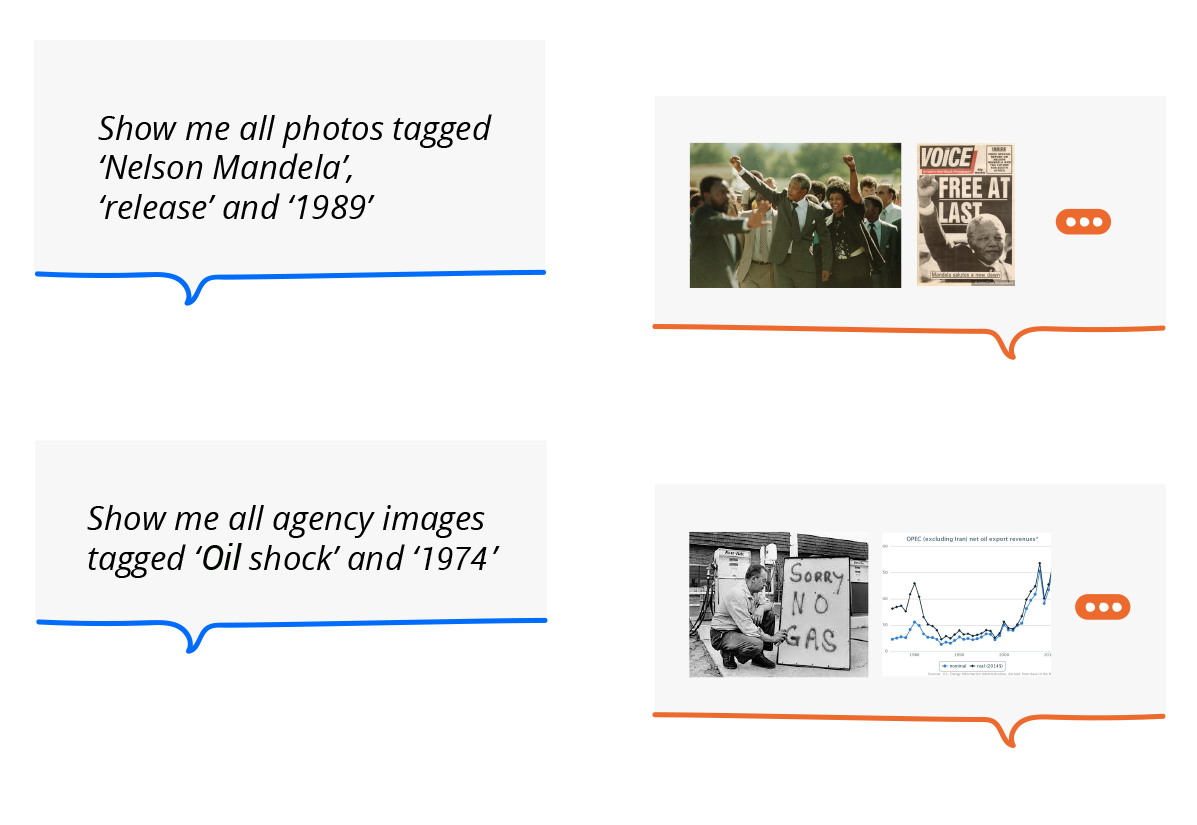Unlocking buried treasure: DAM for publishers
As well as boosting productivity, a well-integrated digital asset management (DAM) system for publishers can generate extra revenues from previously inaccessible legacy materials.
Most publishers have extensive archives of stories, images and other media, typically running into hundreds of thousands or millions of items. This material is often unique and a lot of it still has intrinsic value which publishers could use to their advantage by monetizing it in new articles and features.
The problem is making it available. Archived assets usually reside in’ legacy’ repositories, technically incompatible with the current editorial system. These ‘digital silos’ are not easily accessible by staff.
Opening up the vaults: the benefits of digital asset management
Many of our news-media customers have found themselves in this position in recent years. Our CMS platform Méthode also incorporates a fully integrated enterprise digital asset management system. In many cases we’ve been able to use this to restore the editorial teams’ access to these potentially valuable materials.
Modern Digital Asset Management - from metadata to AI
Méthode’s DAM has undergone some significant developments recently, turning it into an extremely powerful resource management engine, tightly integrated with the editorial workflow. The key functions are metadata management and search technology.
Metadata refer to the collection of tags that are applied to a digital asset to classify it and guide it through the editorial process. Méthode automatically applies sets of tailored metadata to every item entering the environment, vastly improving the findability and usability of each item in the workflow.
In the latest developments the tagging process can now be handled by integrated AI tools, able to assign keywords and extract the names of ‘entities’ from text and image assets in a fraction of the time needed for manual tagging.
Benefits of digital asset management: power searching
Once assets have metadata they are indexed for fast retrieval by the best-in-class search technology Elasticsearch, fully integrated into the editorial workspace.
From a single search panel inside their editing workspace, journalists and editors can conduct intuitive searches across multiple content sources from the production workflow to agency feeds and external legacy databases.
This gives authors and editors immediate access to every available content source without leaving the editing workspace.
Once they decide to use an item, inserting it into a story or post is just a question of dragging and dropping from the results panel. The correct format is generated automatically for each output destination, whether it’s a thumbnail for a mobile app or a hi-res image for a print edition.

Keeping tabs on content
Other functions of a metadata-based DAM keep track of assets to ensure that they are used correctly:
“Have we published this image recently? If so, where?”
“Who owns the rights to this video?”
Answers to these questions lie in the attached metadata and are immediately available within the editorial workspace. Automatic alerts can also be set up to warn authors and editors if an asset is being used incorrectly or if a royalty payment is required.
Integration for productivity
Having all these capabilities in a single system significantly enhances productivity by simplifying all operations, from browsing and searching up to editing and republishing from digital archives. The integration of digital asset management within the editing workspace allows publishers to maximize revenue from their operations, while achieving important gains in productivity.
Read the case study: intelligent article auto-tagging system.

